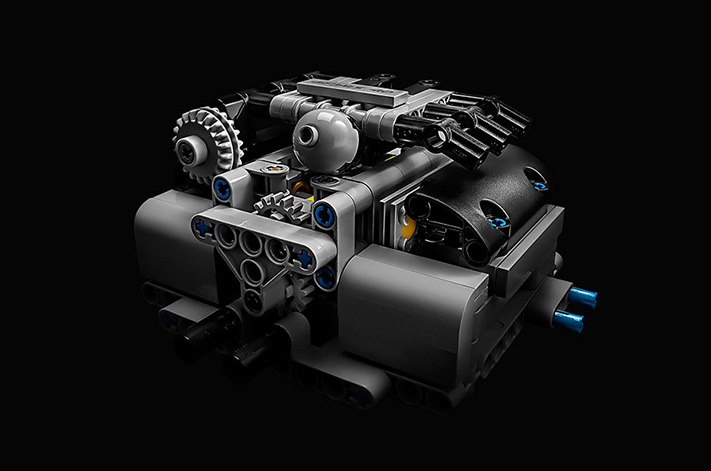As the 991 Porsche GT3 RS was released in August last year, it was greeted by demand that far outstripped its global supply.
Packing a 368kW flat-six, a telepathic PDK transmission and a $387,700 price tag; the most potent, track-ready iteration of Porsche’s flagship sports car sold out in quick order.


But what should happen to your plastic miniature men should they careen off the dining table at home? Well German organisation ADAC (the Deutsche equivalent of our RACV or NRMA) built a scale version of a real crash-test simulation, and put the Lego world’s most popular sports car to the test.

And hey, if you think about it: the spectacle of smashed flying parts is actually a very smart and effective way to dissipate force and energy produced in a sudden collision. This Lego Porsche really isn’t that dissimilar to a Lamborghini Aventador, whose carbon fibre monocoque is designed to detach from the engine on impact to protect the “life cell” and its occupants.
We’d advise against slinging any of your Lego creations against a wall given the time investment involved in creating them (plus the fact that Lego shrapnel is unkind to unprotected feet), but if you’ve ever wondered how a Lego car would handle an impact at speed, watch the footage below.






